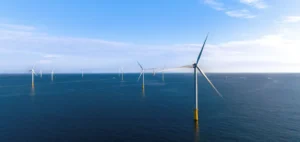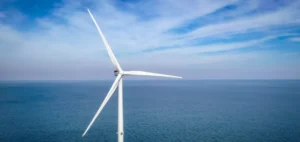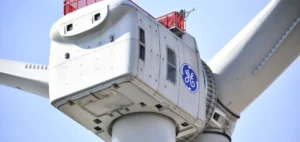Ferrovial and RWE have signed a memorandum of understanding for a collaboration to analyze the joint development, construction and operation of floating offshore wind projects off the Spanish coast. Both companies want to strengthen their offer in Spain to meet the growing demand for renewable energy in Europe.
A solid partnership
Gonzalo Nieto, CEO of Ferrovial Energy Infrastructure and Mobility, expressed his commitment to the decarbonization of the economy and renewable energy and highlighted the growth opportunities offered by this sector. Sven Utermöhlen, CEO of RWE Offshore Wind GmbH, said that the Spanish market is important to RWE and that it is necessary to meet the growing demand for renewable energy in Europe.
The partnership will combine Ferrovial’s expertise in the development and construction of offshore wind turbines with RWE’s experience in the design, construction, operation and maintenance of offshore wind turbines.
A contribution to Spanish energy objectives
Spain aims to become a leading European market for floating offshore wind with a target of 3 gigawatts (GW) of floating offshore wind capacity by 2030. Ferrovial has submitted expressions of interest for four wind farms in the country with an installed capacity of 1,750 MW. The Spanish government agreed that floating wind was the preferred technology for offshore wind, due to the considerable water depths. The National Marine Spatial Plan indicates a potential capacity of over 20 GW.
Development opportunities for offshore wind energy
RWE currently operates 18 wind farms in five countries and plans to increase its offshore wind capacity from 3 GW to 8 GW by 2030. RWE is poised to become a leader in floating wind and is focusing on North America, the Asia-Pacific region and the attractive markets of Europe. The company won a bid in California and was selected as a qualified bidder for two commercial floating projects off the coast of France. RWE is currently participating in the Utsira Nord floating wind tender in Norway.






















